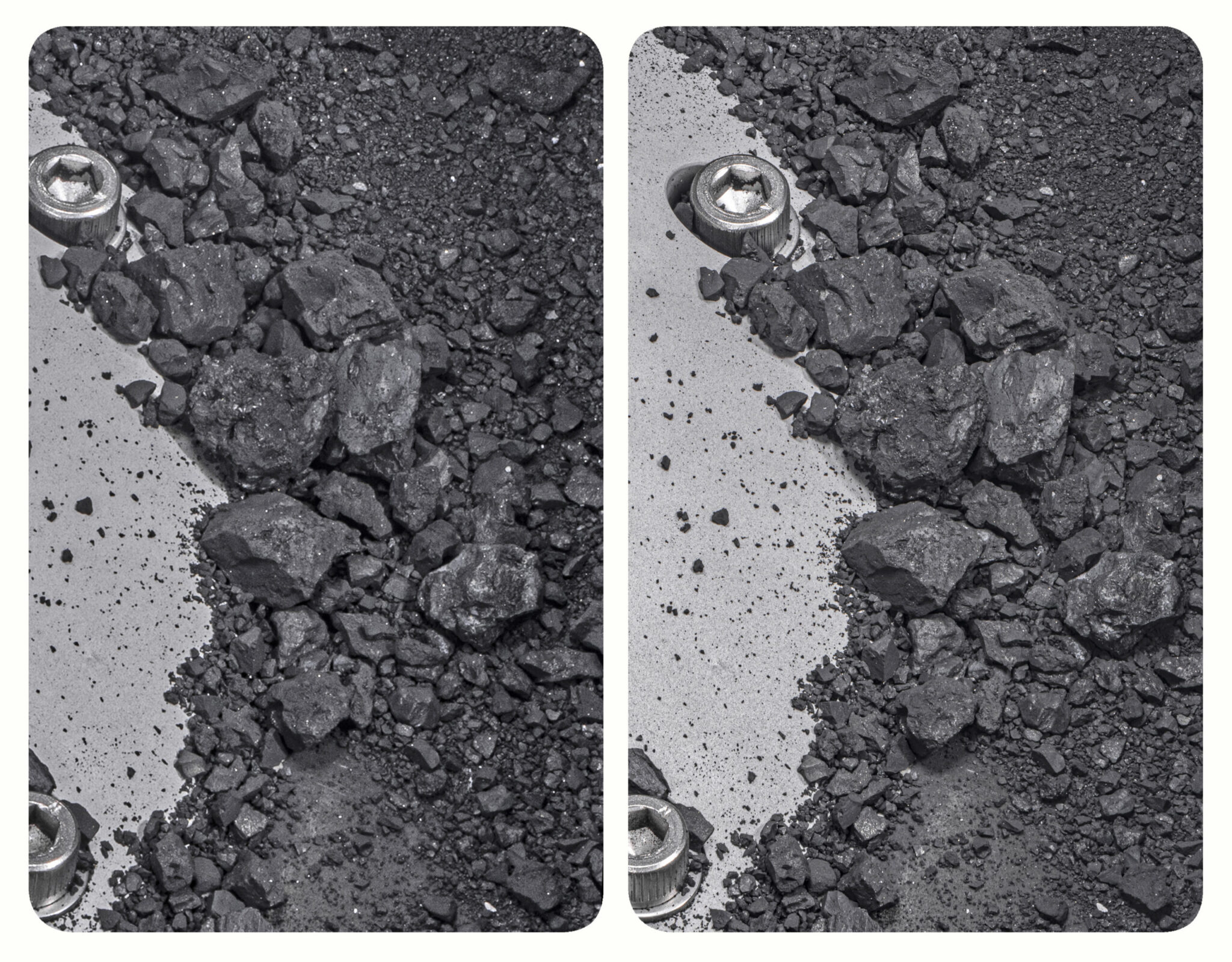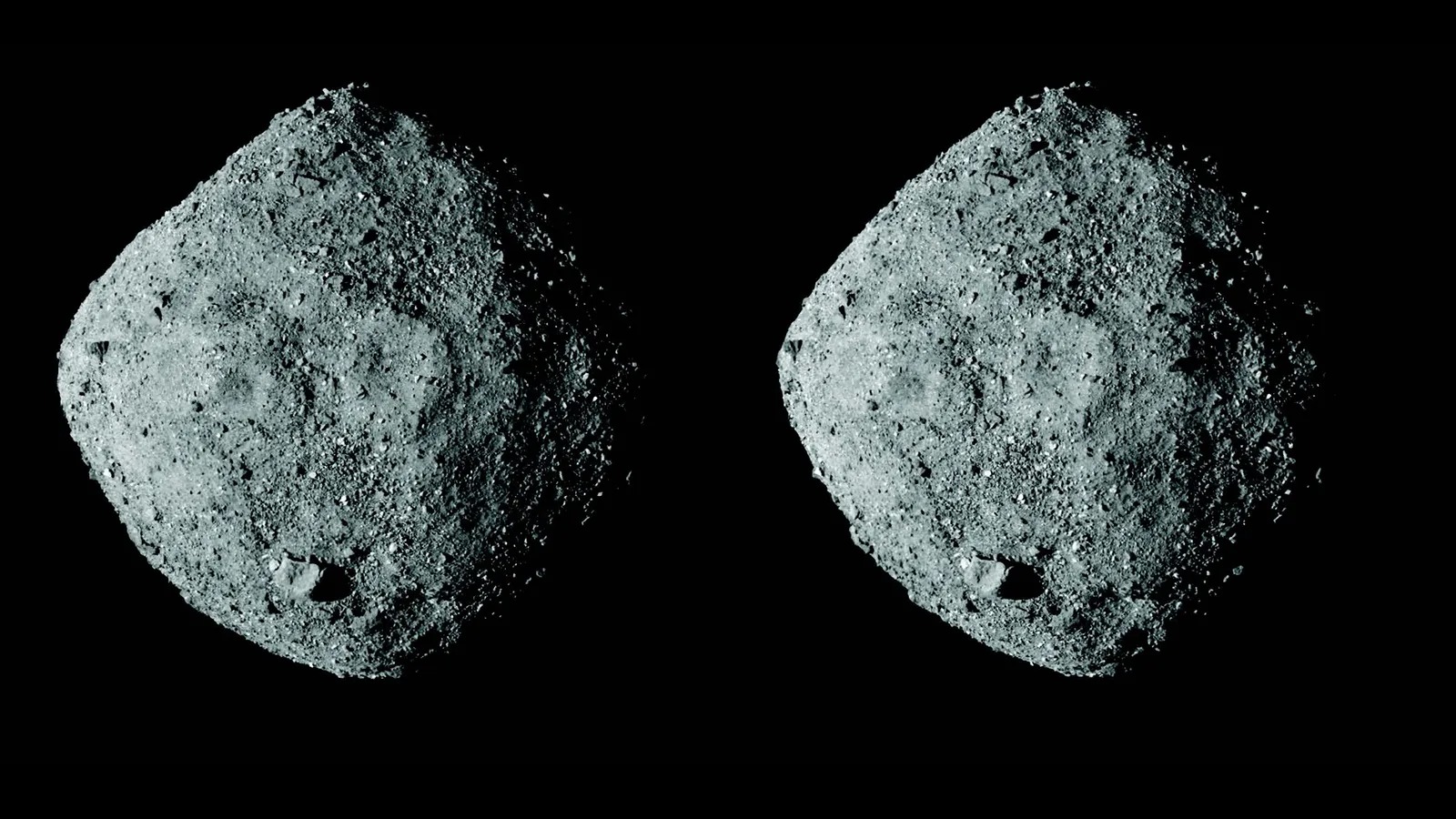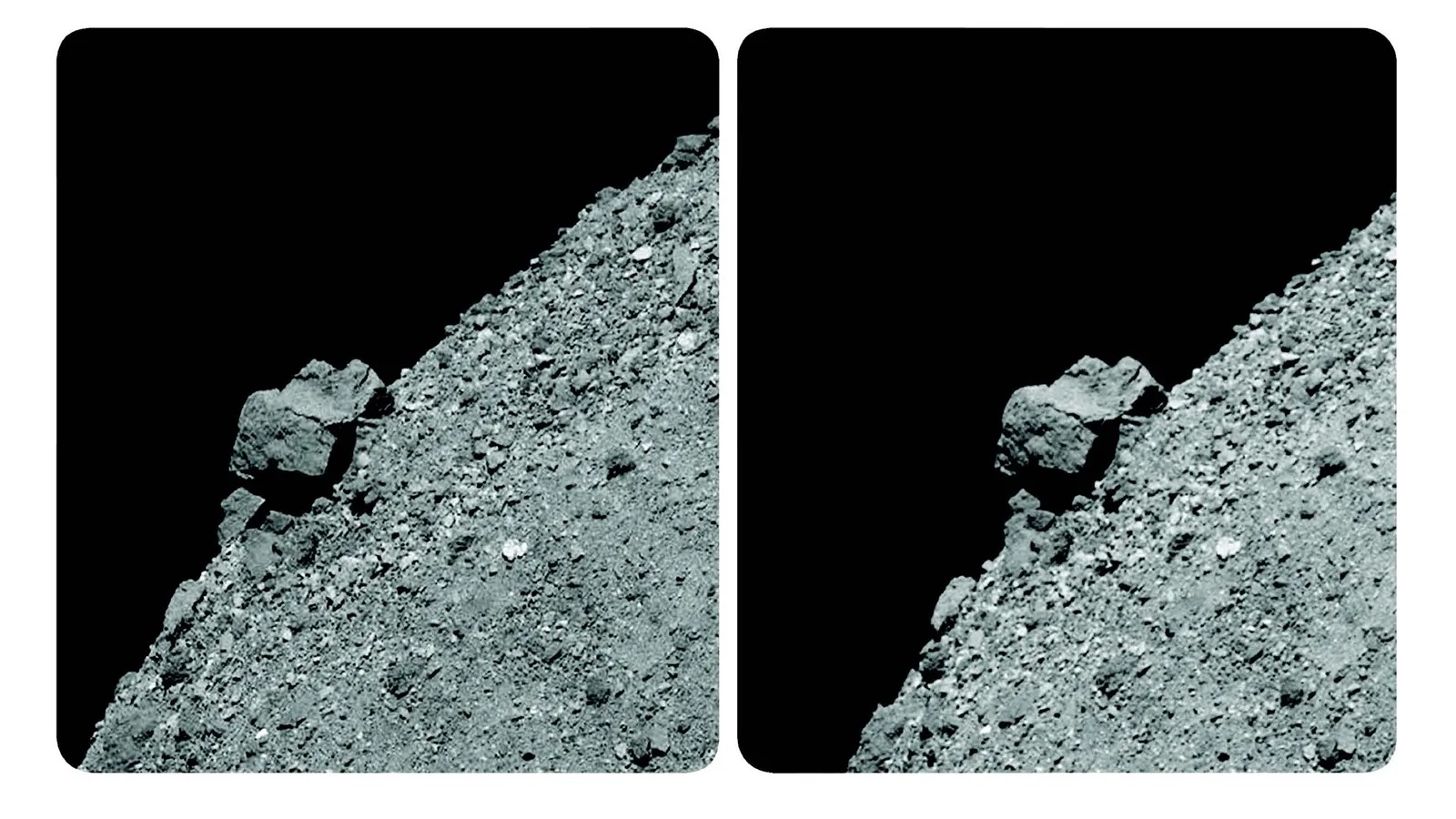NASA’s OSIRIS-REx mission was a huge success. After all, it not only investigated the asteroid Bennu, but also sent samples back to Earth from its surface. However, the creation of stereoscopic images of asteroid samples was not included in the mission plan. But thanks to the persistence of two quite ordinary civilians — Claudia Manzoni and Brian May — we got the opportunity to look at the samples in a previously unseen way. The duo was invited by the mission’s principal investigator Dante Lauretta. Their task was to find opportunities to create stereoscopic images using a large amount of visual data obtained from the spacecraft cameras on the asteroid Bennu.

Creating stereoscopic images requires two images of the same object taken from different points of view — this is called the baseline. This distance between the points of view should be large enough to make it possible to perceive the depth and volume of the object during stereoscopic viewing. To achieve the effect of stereoscopy, the left and right images should be supplied separately to the corresponding left and right eyes, similar to how we perceive the real world. The differences between these two images, known as the parallax difference, give the impression of depth.

These images show some of the samples from Bennu. The interest in these particular images is that they were taken from different angles when the TAGSAM (Touch-And-Go Sample Acquisition Mechanism) head was flipped over on an asteroid during the sampling procedure. This makes it possible to find the perfect pair of images that clearly show the fine details of the structure of the sample, which consists of only a few parts of a dark, coal-black material.
For us, the viewers, it is possible to view this stereoscopic pair of images without using a special stereoscope. You can just relax your eyes and try to observe the object in the images, as if peering into infinity. Thus, both images will merge into one, and you will see the picture in full volume. Those who like to look at stereograms will be able to focus quickly.

But the best stereoscopy effect can be obtained using a stereoscope, which will allow you to really feel the depth and volume of the image, similar to how the OSIRIS-REx mission team used analogous stereo images to find a safe place on the surface of the asteroid Bennu for an important sampling maneuver.
These images show pebbles that are about 1 centimeter across. Such a detailed overview creates an unusual and spectacular view of the asteroid Bennu and highlights the importance of the research carried out by the OSIRIS-REx mission. These stereoscopic images become a piece of history that reveals the secrets of distant outer space.
Earlier we reported on what was interesting about the asteroid Bennu.
According to NASA
Follow us on Twitter to get the most interesting space news in time
https://twitter.com/ust_magazine


